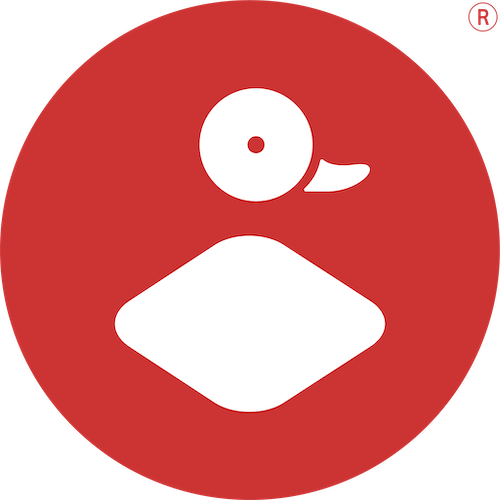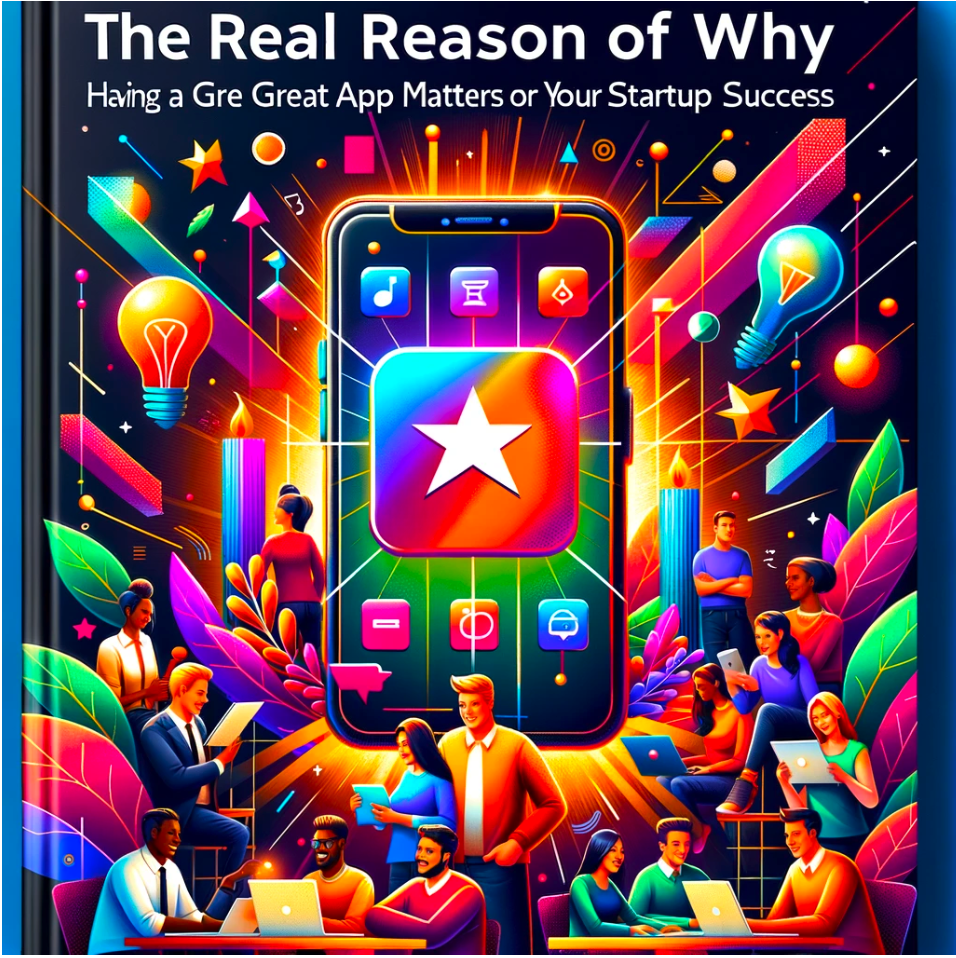
INDEX
- The fundamental steps to exploit the potential of applications
- Evaluate the projected scale and budget of your project
- Why User Experience is Important
- Designing SMART Mobile Apps
- Designing for User Interface and User Experience
- How to Design an Intuitive App
- User Engagement Goes Beyond App Monetization
- Completing the Process
The fundamental steps to exploit the potential of applications

Thousands of startup companies launch their app daily. New app ideas rise here and there. This is an answer to the demand of the society we live in today where everything is upon reach with a single tap on an app on the phone. If you’re wondering if there’s an app for a specific concept you have in mind, the answer is probably yes. If you’re your own startup, and you’re about to launch your app, know that you will be sharing the spotlight with tons of other startup apps that are entering the market at the same time as you are. Getting the right amount of attention has become a challenge for startup apps.
Furthermore, most startups may have the perfect and freshest idea to launch, but that’s just about a portion of the recipe in making a successful entrance to the market. A lot of startup companies find their product to be not performing as well as they expected after launchingtheir app. They would focus on revising or tweaking their main idea, not thinking it’s not the only element to check why the app isn’t turning out to be as captivating.
Indeed, the industry is highly saturated, and catching the audience’s attention is more cutthroat than ever. Yet once in a while, a star app naturally emerges and stands out among the rest. It either appears to be a fresh concept, a well-functioning tool, or it has convinced its users about its value. You might think it’s all a game of luck. Our team of experts would tell you that beyond luck, what makes a new app to succeed is having a foundation of critical thinking and thorough planning even before the development process. Let us walk you through a quick guideline of things to consider before jumping into the development of your dream project.
Evaluate the projected scale and budget of your project
First of all, the size of your project determines the first point of your journey. If you think that your project is not complex that you’ll need someone to develop the app, then you’d want to consider actually learning to code and do it yourself. In this way, you’d be as hands-on with your project as much as possible while saving your money and allocating it to other things – which is very important for small startup companies. If you have all the time to devote to really learning all the ropes in coding and developing your app, then this route may bee for you.

However, we know that coding isn’t for everyone. If you’d rather pour your hours into more important things for your business, then you might want to consider tapping a freelance developer, or an app development team, all depending on the budget you have in mind. Should resources be a bit limited, then you’d lean towards the freelancer. That way, you’ll have a one-man team to help you with a good concept. Just be cautious of the hurdles in testing, optimization, and support, as one head can do so much.
Be that as it may that you prefer to feel more secure and work with an app developing team, so you can focus on other things for your company, then it might be a smart move from your end to make this seamless and sound route. An app development team will give you a big leg up to launching a successful startup app with fewer worries.
Knowing the scope and your resources for your app is an advantage you’d want to have. It’s always best to be realistic, knowing what you’re working with, and how much you’re willing to put into the project. Manage input and expectations, so you know if you can and want to commit at a higher level if necessary.
Why User Experience is Important
I’m sure you’ve downloaded at least one app in your life that was just too hard to use, difficult to navigate, glitched or froze, or just didn’t do what it was made to do in the right way. These are the apps that get downloaded and deleted or sit dormant. Successful apps, on the other hand, are those that are used again and again.
The reason I put so much emphasis in creating an app with a flawless user experience is because most people won’t think twice about deleting your app if they encounter a problem that rubs them the wrong way.
Instead, create the perfect intuitive user experience works with little to no thought and your app will become a way for your users to improve their daily lives, it will live on their home screen for years, and they’ll happily tell their friends and family all about it.

Designing SMART Mobile Apps
A smart app is one that you can continually monitor and make micro adjustments to as you see the need. You accomplish this is by installing analytic and optimization tools in your app that allow you to A/B test minute changes to your user interface. These types of tools allow you to make small changes that very few people will actually notice, all the while making your app better and better suited for your users.
They also allow you to monitor the engagement of your users. You may generate a ton of downloads with your marketing, but none of that will do you any good if the app sits dormant. The intrinsic value of your app is in its user engagement, so it’s important to be able to test small changes that can keep your users active longer.
We’ll touch more on this in the Mobile App Optimization section. For now, just know that these features are very important when it comes to monetizing your app.
Designing for User Interface and User Experience
When creating an app that keeps users happy, it’s important to understand the difference between user interface and user experience. The user interface is the combination of icons, images, buttons, etc. that add up to create the visual and interactive component that your user encounters each time they open your app.
Your user experience is the science behind the layout and functionality that generates a particular feeling for your users. Does the app feel intuitive and respond just how I’d imagine without much of a learning curve? Does the app leave me feeling frustrated and encountering roadblocks every time I perform an action?
Obviously, you’re interested in how to make an app intuitive, so read on!

How to Design an Intuitive App
The apps we love to use are those that respond to our wishes as if they knew what we were going to ask them to do ahead of time. They are the ones that we can flow through without giving a conscious thought to where this button is and what this icon does. They’re the apps that are directive, familiar, well styled, and uncluttered.
Make It Directive
In order to make an app directive, you have to minimize the thought that goes into every action. For example, rather than having a “next” button, include the page name or where it takes you. The simpler it is for new users to understand each of the commands and options you provide, the easier it will be for them to adapt your app into their lives.
Make It Familiar
How to make an app work FOR your users should be your highest priority. That means creating an app that does what you say without a user needing to put in much effort. One of the best ways to do that is by making your app familiar.
Including a hamburger menu in the top left, a settings gear in the top right, and interactive buttons and icons that they’ll find familiar—from other apps and their phone—will go a long way.
These familiar additions eliminate a lot of the guessing involved in operating a new app and allow new users to feel right at home when it’s more important to be clear and easy to understand than edgy and cool.
Styling

Styling goes a long way in the world of mobile apps. How to make an app stylish depends greatly on your designer, so being able to give examples of your intended look and style will be an important part of the consultative process.
Create something that is both pleasing to the eye and helps your app to feel that it’s of the highest quality. We’ve all seen those apps that look terrible and most of the time we end up judging their functional ability based on their poor styling.
On the other hand, don’t get carried away. You don’t want an overly styled app that detracts from its functionality or user-friendly navigation, which leads me to my next point…
Remove Clutter
When talking to your developer about how to make an app that blends your concept with functionality that provides an excellent user experience, be sure they’re taking a minimalist approach.
When it comes to mobile apps, less is often more. Remove excess text, images, etc. Don’t include a function or styling unless it truly adds something of value to the end user experience. If you add something and decide in testing that it doesn’t really matter if it’s there or not, you may want to remove it.
Remember, the simpler your app is to use, the more it will be used. The more it’s used, the more buzz and recommendations it’ll receive. The more buzz, the more your user base will grow, and that, my friends, is the bottom line.
Target Audience and Core Functionality
Is your app’s functionality based around your ideal user? If you’re target audience is of the less-than-technical variety, is your app super
intuitive and directive? Could your mom
figure it out?
Navigation
Is your navigation based on that of other popular apps, or are you trying to be too innovative for your own good?
Your Goals (in-app purchases, Facebook sharing, etc.)
If the goal of your app is to get your users purchasing items from within your app, make sure it’s easy for them to figure out how to do just that. If you want people to share on Facebook, keep that functionality front and center and you’ll have a better chance of getting people sharing with social networks that may engage around your app.

Minor vs. Major Options
Be sure to keep the least-used functions of your app tucked away deeper than the most commonly used functions. For instance, hide your privacy settings deep into a Settings menu, but make sure your social sharing functions are right where your users will be looking for them.
User Engagement Goes Beyond App Monetization
The importance of user engagement goes beyond a monetization strategy. Even if your app is a part of a larger business and designed to be an extension or tool of this business, user engagement will create a deeper relationship between your customers and your brand.
Higher engagement typically generates more leads, business, sales, and loyalty. Those are things we can all appreciate!
Completing the Process
The process of optimization takes time. The most important part is developing an understanding of what your users want and continually working to deliver that in the most effective way possible.
If your app isn’t profitable a month after you launch, don’t fret. Most popular apps aren’t overnight sensations. Stick with your optimizations and you’ll be delivering a product that you’re sure people want.



